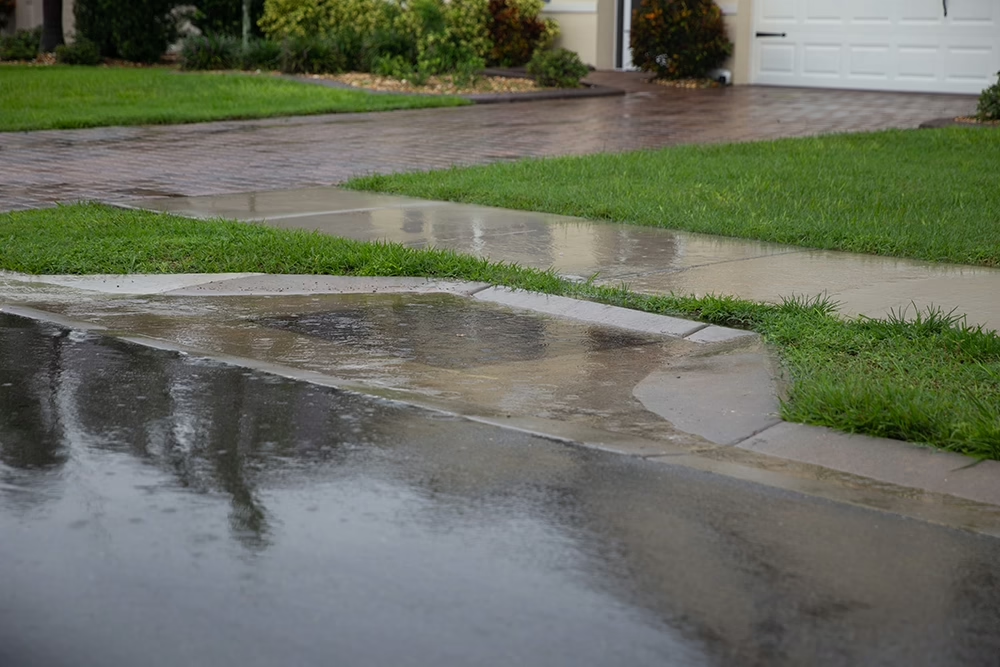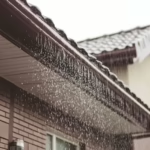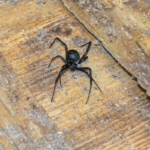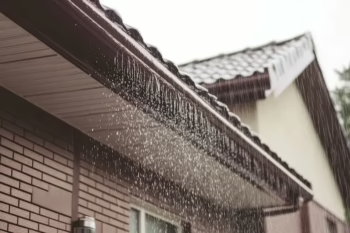
Heavy rainfall often results in flooding, and the destruction extends far beyond visible water damage. Rising waters drive disease-carrying pests such as cockroaches, rats, flies, and mosquitoes into homes, where they can hide and reproduce in hard-to-reach spaces. This sudden influx of pests can overwhelm unprepared households quickly.
When their natural habitats are disrupted, these pests search for food and shelter inside homes. This leads to contaminated surfaces, fast-spreading germs, and increased risk of bites and illness. Acting quickly keeps your family and home safer.
Keep your home pest-free during and after floods by following guidance from Bug Out.
How Floods Trigger Pest Problems
When floodwaters retreat, the remaining water and debris form the perfect environment for pests to thrive. Moist, decaying conditions speed up reproduction, turning minor pest issues into major infestations in a short time. Rapid pest control interventions help prevent further spread.
Displaced pests often infiltrate homes through cracks, compromised foundations, and vent openings. Overflowing sewers carry extra pests and bacteria, and damp basements that stay wet for days become high-risk areas needing thorough inspection.
Common Pests Found After Flooding
Rising waters drive pests from their natural habitats into homes and buildings. The most commonly encountered pests after a flood include:
Flies
After significant flooding, flies are drawn to piles of garbage and rotting matter, where they lay eggs and reproduce quickly. The lingering dampness creates an ideal environment for their numbers to surge. Areas left uncleaned become hotspots for rapid infestations.
As flies travel between waste and living spaces, they carry bacteria that can contaminate food and surfaces. This often leads to stomach illnesses and other health issues, and repeated exposure can put entire households at risk.
Cockroaches
Overflowing sewers during floods force cockroaches from their usual hiding places into human living spaces. They find entry through vents, cracks, and drains, and their tolerance for extended submersion helps them survive. Removal often requires persistent effort.
Once indoors, these pests contaminate food and household surfaces with bacteria and droppings. Children are particularly vulnerable, with exposure potentially causing asthma flare-ups and allergies. Their presence can also amplify anxiety and stress in homes already dealing with flood recovery.
Mosquitoes
Standing water in old tires, buckets, and low-lying areas creates ideal conditions for mosquitoes to breed. Floodwater allows their eggs to hatch in just a few days, resulting in swarms that can quickly become a major problem. Prompt cleanup after flooding is essential to curb outbreaks.
Mosquitoes are more than just bothersome. They can transmit diseases like dengue, chikungunya, and malaria. Protecting your home reduces these risks and helps prevent future infestations.
Rats
Flooding drives rats from their natural habitats into human dwellings, hunting for food and shelter. These adaptable rodents can squeeze through openings no bigger than a coin, allowing them to infiltrate homes easily. Left unchecked, they multiply quickly, creating major pest issues.
Inside the home, rats leave urine and feces on food, counters, and storage areas. They pose health risks by carrying diseases such as leptospirosis and hantavirus. Immediate pest control is vital to protect your household.
How Flood-Related Pests Endanger Your Family
After flooding, leftover debris and lingering moisture create ideal conditions for pests to thrive. These post-flood invaders can bring serious health risks to your household. Key dangers include:
- Respiratory Problems: Caused by contact with mold and pest droppings in damp or poorly ventilated spaces, which can worsen existing breathing difficulties.
- Mosquito-Borne Diseases: Spread through bites from mosquitoes, including species that thrive in inland floodwaters, potentially causing illnesses such as dengue and malaria.
- Leptospirosis: Transmitted via contact with rat urine, contaminating surfaces and water, and presenting a significant health risk.
- Diarrhea & Cholera: Result from germs carried by flies and exposure to contaminated water, increasing the risk of gastrointestinal infections.
Protect Your Home Before Flooding Hits
Floodwaters increase the risk of pest invasions. Follow these steps to safeguard your home and basement from post-flood problems:
- Seal Openings: Check that all doors, windows, vents, and cracks are fully closed or sealed. This stops pests from entering your home during rising floodwaters.
- Pest Inspections: Arrange a pre-flood inspection with a pest control professional. Early detection and treatment help prevent infestations before they become a problem.
- Yard Maintenance: Clear away debris, clean gutters, and keep your yard well-organized. A tidy outdoor space reduces mosquito breeding areas and discourages rodents from nesting nearby.
- Secure Food: Store all food in airtight containers to prevent contamination and make your home less appealing to pests.
- Elevate Belongings: Lift furniture, electronics, and other valuable items off the floor. Elevating items reduces hiding spots and lowers the risk of infestations.
Post-Flood Pest and Contamination Prevention
When floodwaters withdraw, immediate action can stop pests and harmful bacteria from taking hold. Apply these strategies to keep your home safe and clean:
- Clean Immediately: Remove mud, leftover food, and debris that could attract cockroaches and flies. Thoroughly disinfect all surfaces that came into contact with floodwater to minimize bacteria and contamination risks.
- Mosquito Control: Eliminate standing water promptly to prevent mosquitoes from breeding. Clear clogged gutters, treat damp basement areas, and use mosquito screens or bed nets to protect living spaces.
- Rat and Cockroach Control: Seal cracks and holes in your foundation and basement to block pests from entering. Store or remove any exposed food to make your home less inviting to rats and cockroaches.
- Deal With Flies: Dispose of trash daily and ensure bins are securely closed. Use fly traps where necessary and carefully remove or destroy any decaying organic material.
Protect Your Home from Flood Pests with Bug Out
Persistent pests, visible rat droppings, or mosquitoes swarming after cleaning indicate a serious infestation. These intruders reproduce fast and are firmly entrenched in your home. Even small signs of activity should be treated as urgent, since infestations can grow rapidly. Ignoring them can increase damage and health hazards, so professional help is crucial.
Bug Out provides full-service pest control. Our team inspects, applies targeted treatments, and monitors your home to keep infestations under control and your family safe. We tailor our approach to each situation, ensuring the most effective protection for your property. Reach out to Bug Out today to schedule an inspection and secure reliable, professional pest control services.





